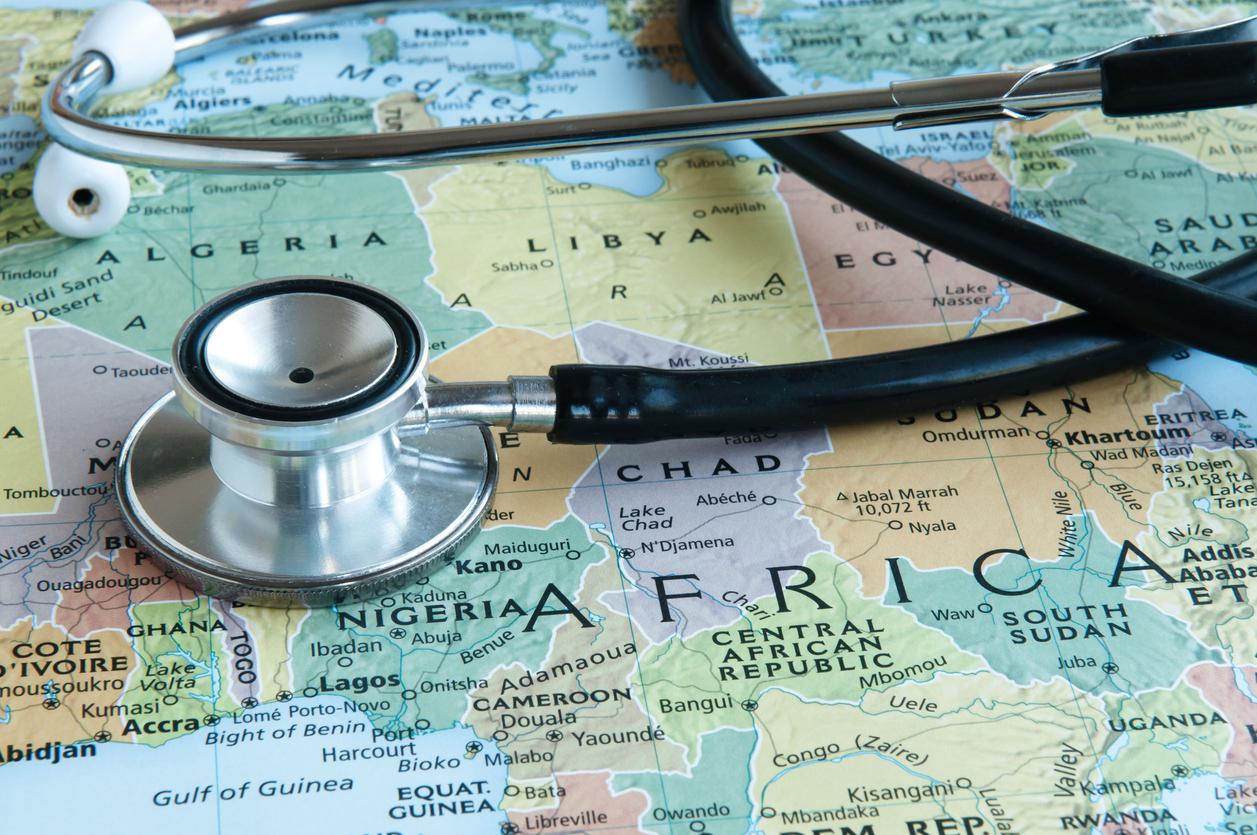New surveillance data released today shows that many countries in sub-Saharan Africa are "flying blind" when it comes to surveillance of antibiotic-resistant pathogens.
The data, collected and analyzed by the Mapping Antimicrobial Resistance and Antimicrobial Use Partnership (MAAP) and released at a meeting held at the African Union, show that in 14 sub-Saharan countries, only 5 of 15 antibiotic-resistant pathogens that have been designated by the World Health Organization (WHO) as "priority" pathogens are being consistently tested for resistance to antibiotics. And all five of those pathogens were found to be highly resistant.
The findings highlight a problem that public health and antimicrobial resistance (AMR) experts say will hamper global efforts to address the emergence and spread of AMR—the lack of solid data on antibiotic use and resistance in the countries that are being hardest hit by resistant pathogens.
A recent study in The Lancet estimated that sub-Saharan Africa has the highest mortality rate from AMR in the world, with 27.3 deaths per 100,000 attributable to AMR. But the authors of the report say most available data on AMR in Africa are based on "poor data foundations," with significant gaps in health, laboratory, and surveillance systems. And the inability of laboratories in Africa to routinely test bacteria for resistance is resulting in substandard care.
"Africa is struggling to fight drug-resistant pathogens, just like the rest of the world," Pascale Ondoa, MD, PhD, director of science and new initiatives of the African Society for Laboratory Medicine (ASLM), said in a press release . "But our struggle is compounded by the fact that we don't have an accurate picture of how antimicrobial resistance is impacting our citizens and health systems. This study shines much-needed light on the crisis within the crisis."
Few labs testing for AMR
For the report, researchers with MAAP, which was launched by ASLM and partners in 2019 to help 14 sub-Saharan African countries build the capacity to measure and monitor antimicrobial use and AMR, analyzed 819,854 AMR records collected from 2016 through 2019 from laboratories in those countries. They also analyzed antimicrobial use data from 327 hospitals and community pharmacies.
The researchers found that of the 50,000 laboratories that form the laboratory networks in the 14 countries, only 1.3% conduct bacteriology testing, and only a small fraction of those labs have the capability to evaluate AMR. Eighty percent perform fewer than 1,000 antimicrobial susceptibility tests per year. And in 8 of the 14 countries, bacteriology laboratories are geographically accessible to less than 50% of the population.
"The combined lack of capacity and accessibility of bacteriology and AMR testing services in Africa underscores the urgent need to invest in existing and new testing laboratory infrastructures," the authors wrote.
Of the WHO priority pathogens tracked by those labs, more than half of Escherichia coli and Klebsiella pneumoniae samples were resistant to penicillins and cephalosporins, more than 40% of Staphylococcus aureus samples were resistant to methicillin, and more than 30% of Pseudomonas aeruginosa samples were resistant to carbapenems.
To date, MAAP has gathered data from 187,000 of samples tested for AMR. But most of those samples (88%) contained no data on the patients' clinical profile, such as the diagnosis, origin of infection, comorbidities, and previous antibiotic use. Twelve percent of the samples had incomplete information.
The authors say the disconnect between patient data and resistance data "impedes our ability to interpret AMR data and utilize it to inform patient care, resulting in patients being treated with inappropriate or ineffective medicines."
On a positive note, the analysis of antimicrobial use data showed that 12 of the 14 MAAP countries comply with the WHO's recommendation that more than 60% of antibiotics used are Access antibiotics—the lowest spectrum, most widely available antibiotics under the AWaRe (Access, Watch and Reserve) classification system. In fact, the average consumption of Access antibiotics across all countries was 80%.
But a deeper look into the data revealed that only four antibiotics—amoxicillin, doxycycline, trimethoprim/sulfamethoxazole, and ciprofloxacin—accounted for 67% of antibiotics used in those countries. And Reserve antibiotics, which are recommended for use against multidrug-resistant bacteria, were only available in six countries. That indicates that access to broader-spectrum antibiotics needed for more severe, resistant infections is limited in those countries.
Lack of access to antibiotics in many low- and middle-income countries, particularly those in Africa, was highlighted in a recent report from the Access to Medicine Foundation. It's a problem not only because it means patients aren't getting the best treatment, but also because it increases resistance to the antibiotics that are available—making them even less effective. And in countries with poor sanitation and crowded living conditions, those increasingly resistant pathogens can easily spread.
More investments in data collection
To address the dearth of AMR surveillance, the report sets several specific goals. These include aiming for at least 50% of African laboratories having the capacity to provide AMR data, promoting conventional AMR testing at lower levels of the laboratory network, and adapting the list of WHO priority pathogens to the epidemiology of Africa.
The report also calls on countries to update and implement their AMR National Action Plans, improve antimicrobial stewardship and infection prevention strategies, boost access to the full spectrum of antibiotics, and embrace a One Health approach that accounts for AMR and antimicrobial use in human health, animal health, and agriculture,
"This study is an important step forward for Africa's health systems and the health of people across the continent," Ramanan Laxminarayan, PhD, MPH, director and president of MAAP collaborator One Health Trust, said in the press release. "I hope MAAP inspires more investment in essential data collection and desperately needed resources."























